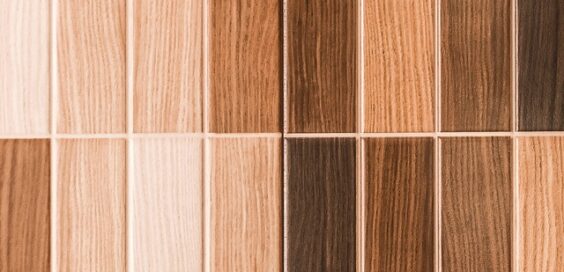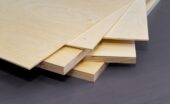How To Pick Hardwood Flooring for New Home Construction
Written by SayBuild-admin // April 28, 2025 // Construction Materials // Comments Off on How To Pick Hardwood Flooring for New Home Construction

Flooring sets the foundation for a home’s aesthetic, daily comfort levels, and resale potential. For new builds, hardwood is often the top choice due to its lasting strength. Builders and homeowners alike appreciate how it brings timeless appeal to modern, rustic, or transitional spaces. Choosing the right hardwood flooring early in the construction process prevents delays, cost overages, and mismatched interior finishes.
Choose Between Solid and Engineered Hardwood
Knowing how to pick hardwood flooring for a new home construction means familiarizing yourself with the differences between solid and engineered hardwood. Solid hardwood consists of thick planks cut from a single tree species, and it offers long-term refinishing potential. On the other hand, engineered hardwood features a wood veneer on top of layered plywood, which resists humidity shifts and installs over concrete.
Both types look authentic, but installation and performance vary based on the subfloor and climate. A smart buyer understands how to match board construction to the environment. Solid wood thrives best in stable climates or on raised subfloors with nail-down installations.
Think About Function and Aesthetic
Wood tone and grain pattern should tie in with cabinetry, lighting, and wall colors. Each wood species carries a unique grain, hardness level, and color range. Hickory holds up against heavy foot traffic and dents better than softer species such as cherry. White oak remains a popular middle ground for cost, appearance, and wear resistance. Cooler species such as maple or ash brighten modern interiors, while darker walnut adds warmth to traditional homes.
Factor in Finish Type and Surface Texture
Prefinished planks install faster and come with stronger factory-applied sealants. Site-finished floors allow custom stain tones and better blending in large open areas.
Satin and matte finishes hide scratches and dust better than gloss. Brushed textures or hand-scraped details also help mask daily wear while adding dimension.
Consider Board Width and Layout Style
Hardwood is the king of flooring because of its strength, longevity, and ability to work with almost any interior design style. Wide planks showcase the wood grain and suit larger rooms by reducing visual seams. Narrow strips fit smaller spaces and add detail to traditional layouts. Mixed-width boards provide a custom look that avoids uniformity.
Layout patterns such as herringbone or diagonal alignments require extra cutting and planning. Straight installations stay cost-effective and timeless in open-plan homes. A builder should always match plank width and layout to the room’s proportions.
Account for Lifestyle and Maintenance Preferences
Understanding how to pick hardwood flooring for new home construction includes balancing appearance with upkeep needs. Pet claws, toys, and foot traffic wear down softer woods and glossy finishes faster. Harder species with textured surfaces better suit active households and growing families. Satin finishes and mid-tone shades also hide everyday scuffs between deep cleans.
Some topcoats allow light sanding, while others require full replacement once worn. Homeowners should think beyond looks when committing to a surface they’ll use every day. Smart hardwood choices help new homes last longer and look better with less effort.
Image Credentials: by Andrey, 606572542








 If you want to contribute tutorials, news or other money-related stuff:
If you want to contribute tutorials, news or other money-related stuff:  Share our home building library with your facebook friends:
Share our home building library with your facebook friends:  Do you have any ideas or suggestions you would like to make?
Do you have any ideas or suggestions you would like to make?  If you like what we do, please subscribe to our
If you like what we do, please subscribe to our  All content Copyright © 2012 SayBuild. Part of nBuy Home Management Network.
All content Copyright © 2012 SayBuild. Part of nBuy Home Management Network.